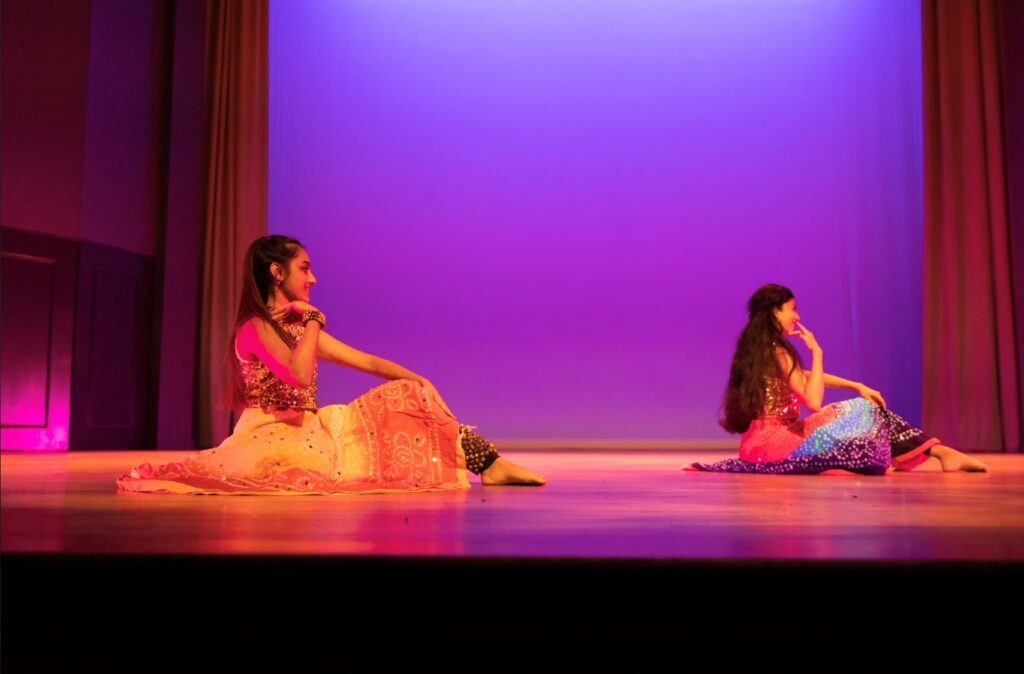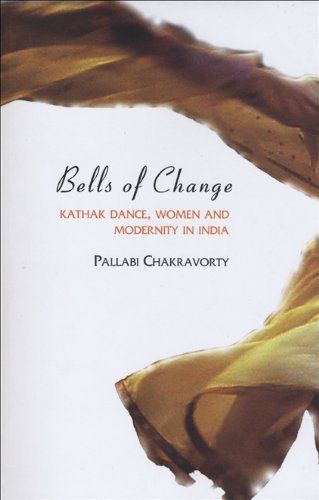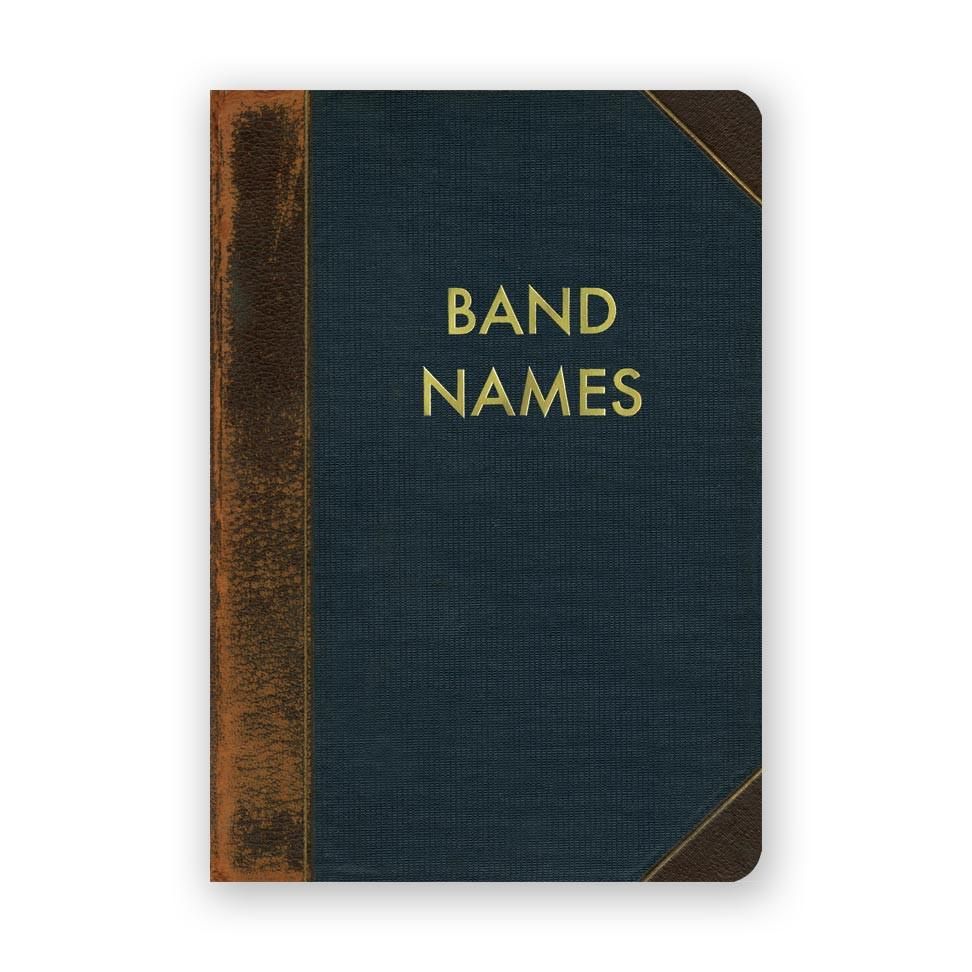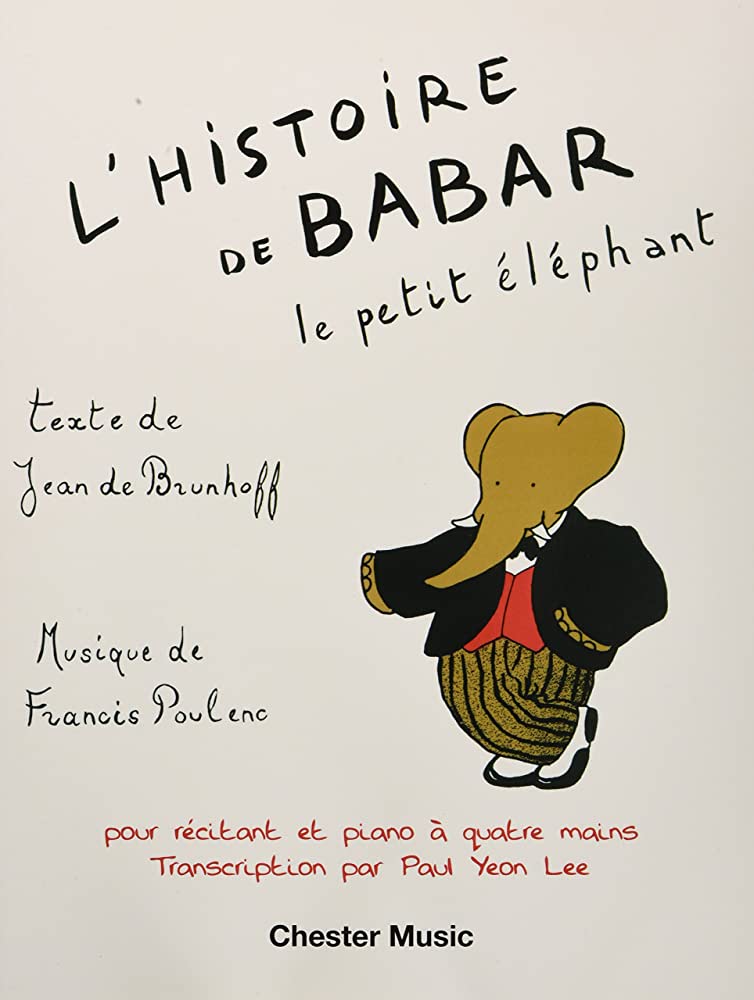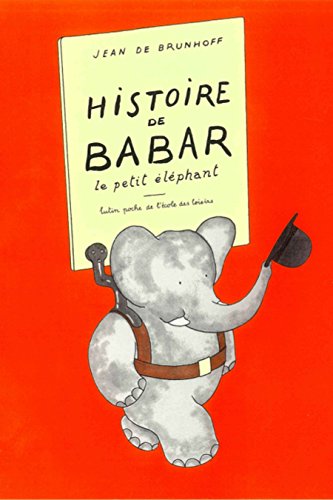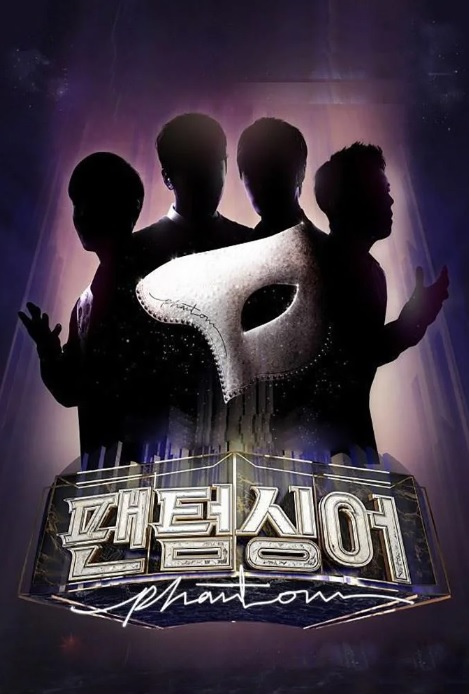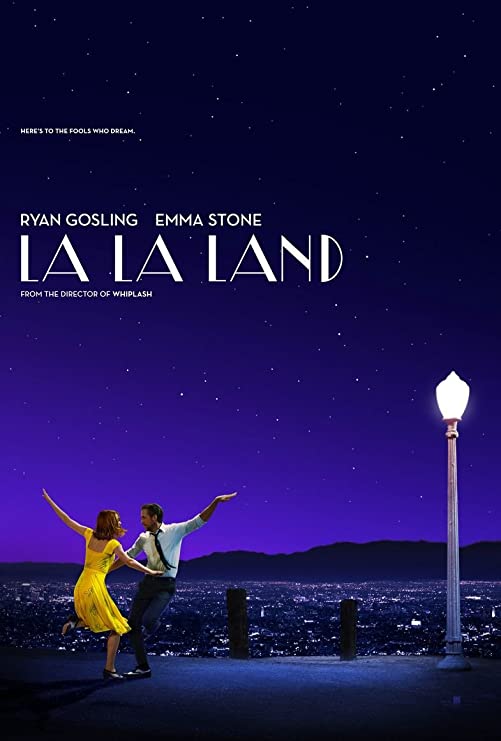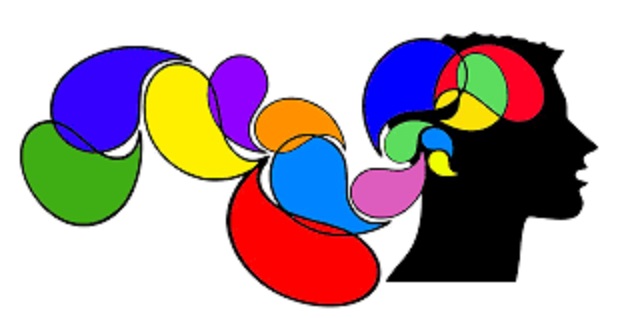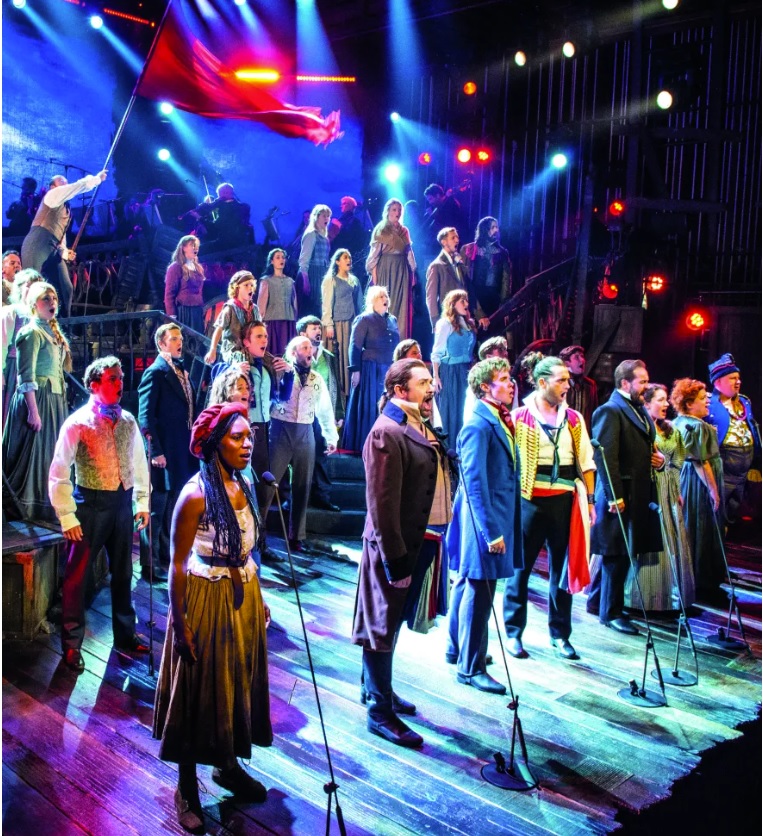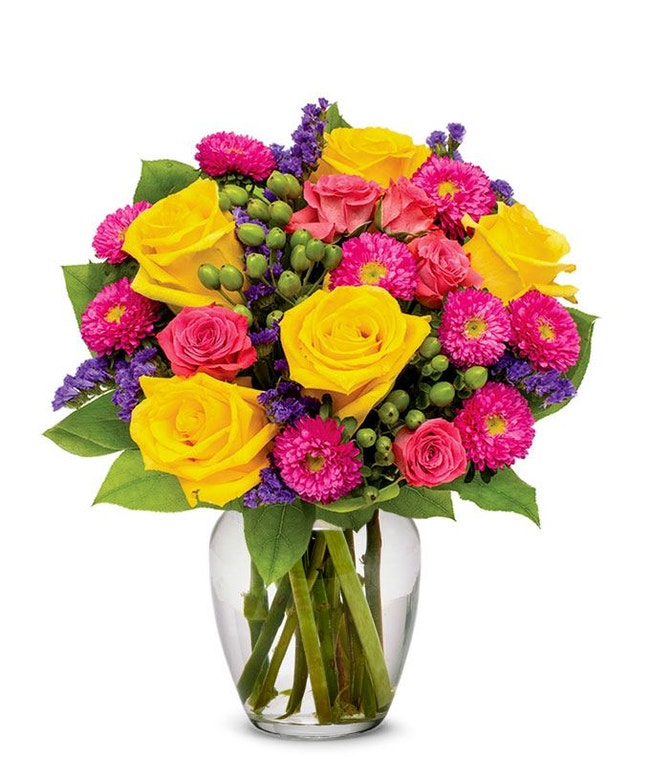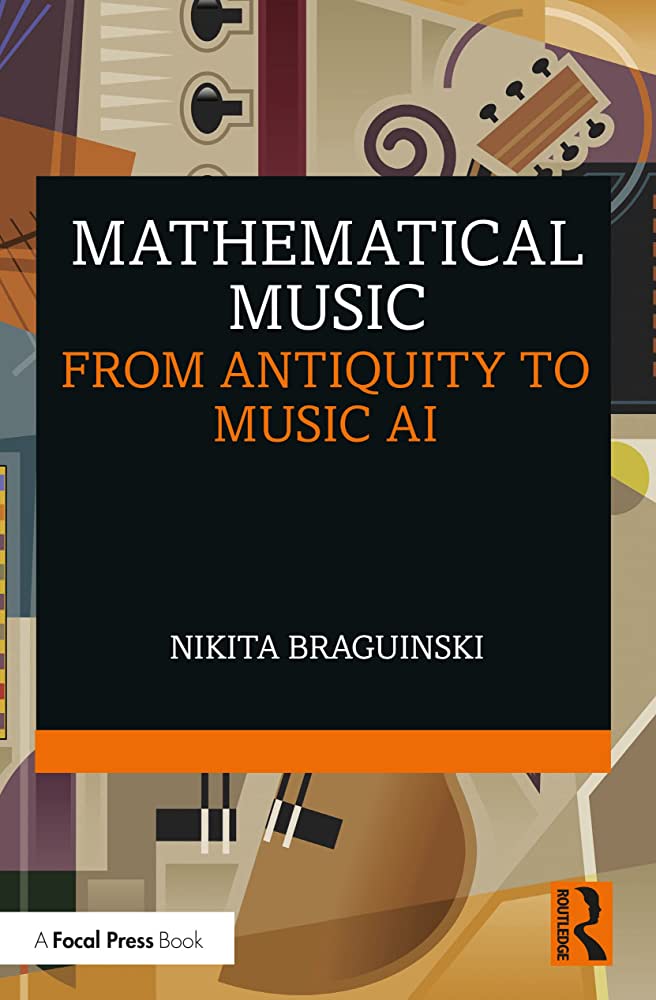Editor’s note: Arachnophonia (“Arachno” = spider / “-phonia” = sound) is a regular feature on our blog where members of the UR community can share their thoughts about resources from the Parsons Music Library‘s collection.
All links included in these posts will take you to either the library catalog record for the item in question or to additional relevant information from around the web.
Today’s installment of Arachnophonia is by student manager Danny (class of 2023) and features Puccini’s classic opera La Bohème. Thanks, Danny!
La Bohème
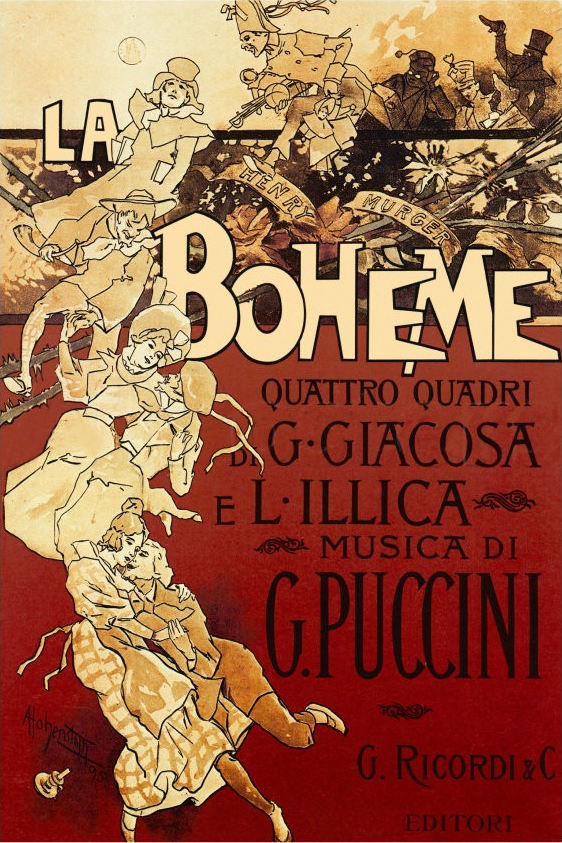
La Boheme Original 1896 poster by Adolfo Hohenstein
I was never an opera guy. It is not that I did not like opera. I just did not know about opera. I was never in a situation where opera came to the forefront of my mind. In other words, I was not exposed to opera. It was a distant thing to me; ladies singing on balconies with horned helmets and weird facial expressions to sing the difficult pieces tasked to them was my only frame of reference. When in a car with friends on a Friday night, nobody was putting on Verdi, Wagner, or Rossini. The store playlist of my high school job certainly was not playing the greatest opera arias known to man. Even the mainstream celebrities of today that people idolize so fiercely weren’t opera singers (although some deservedly should be).
And so, you cannot blame me that I grew up and more strongly resonated with the music of the day and the ones of my parents. Opera just does not show up in everyday life; in a way, you must go looking for it. Actually, for me to say I never engaged with opera is a bit of stretch. There are pieces that my dad has listened to or showed me. Most of the orchestral concerts I have been to have played a piece or two from a world renowned opera. Some movies contain them in their scores. And finally, some movies use these operas as their source material and are loosely based on them.
Despite that all being true, I cannot call myself an opera fan. I can’t because of how limited my exposure has been to the craft. Compared to the amounts I know of all other genres (minus country), I barely scraped the surface of operatic music. My knowledge was equivalent to knowing the ABCs, but only up until C. In the words of some of my peers, I was considered “a casual.”
But as with all things addictive, it only takes a taste for you to get hooked and interested. I only needed one person to expose me to this new world. I only needed one person to be able to convince me of its beauty. I only needed one person to show me how much this meant to them, as so that same joy could spread over me. And while some things addictive are not necessarily good for you, I am proud to say that mine is a much healthier alternative. And surprisingly, it only took a forced general education requirement where I am obligated to sit in a classroom for two and a half hours a week for fifteen straight weeks to introduce me to this world. I think that is a fair deal.
Anyways, I do not think that my professor really expected anyone to enjoy opera at the ages of 18-22. The music is so different from mainstream music and the norms of music today that it was not an outrageous guess for him to say we may find this a bit boring and uninteresting. That did not stop him though from hoping that it could resonate with us and perhaps make us find a new appreciation for it. Ultimately, I do think that about 70-80% of the class remained disinterested and will never watch an opera ever again (which is fine, at least you gave it a spin), but I am beyond surprised with how quickly I ended up enjoying and looking forward to class. I like to consider myself a man of music; I may not study music, or play music, or read music, or anything like that. However, I am a listener that does not have a narrow taste. I am familiar with music from all ages, across the world, and will give anything a listen at least once.
I personally have this rule that I will never listen to a piece for the first time needing convincing. I have a few friends like that where they need something to happen to convince themselves that the music is good. Or better yet, they already have a baseline standard of what is good music and judge the song based on how well it conforms to their already pre-existing baseline. I CANNOT STAND THAT. For me, I treat every piece individually and try to find the good in every piece. And so, most times, you are not ever going to hear from me that a song is bad. And I think in an even better vein, it has allowed me to appreciate all types of music and being able to know that although it is different, it still has redeeming and exceptional qualities that make the work good in its own right. Call it mature, or call it awesome or whatever, but I think that alone has been the biggest contributor to my interest in the course.
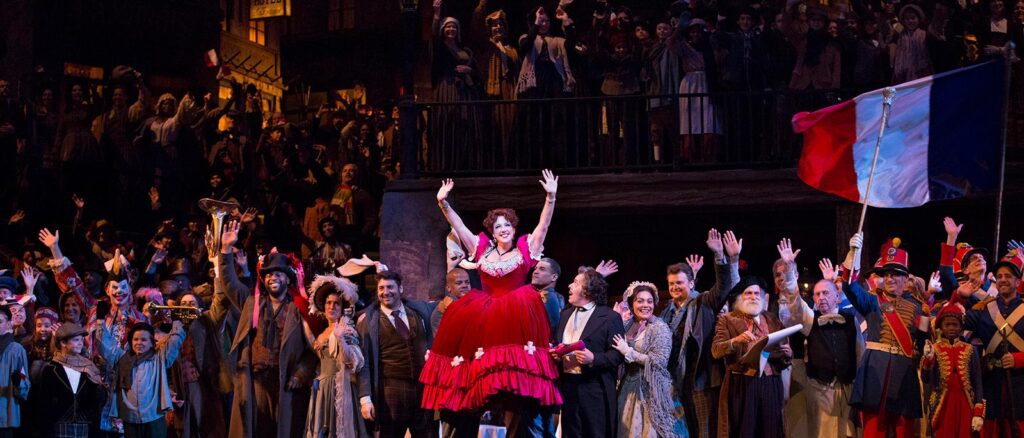
I knew the course would cover opera. I also knew that I was not very familiar with opera. I also knew that generally, younger audiences do not typically appreciate nor listen to opera. Finally, I knew that whatever my opinion of opera might be, I would have to at least give it a chance for fifteen weeks and do everything in my power to keep an open mind and take the course with excitement. And that was what put me in a different boat than the other 70-80% of my classmates.
I think the next logical point of attack for me to discuss would surround which opera we engaged with. This is the most important part. Just like most interactions, the first impression is the most important. And as a professor, that is a big task. You need to show us (your students) some of the most popular and captivating operas so that we are drawn to it. You need to try and wow us (even though I am easily wowed). You also need to not show us the best possible piece of the trade, or else your students may be set up for disappointment if they think all opera will be as good as this one. Personally, I think my professor did well. Looking at a totally definitive and set-in stone ranking by only one classical music website with no possibility of differing opinions allowed (no sarcasm found here), the opera chosen to be our gateway opera was ranked #2 all-time. That is comforting. If this ranking list was somehow ever able to be proven true, I could be reassured that I could lay my eyes on one piece that is considered better than the one I watched in my lifetime. And better yet, just because we watched #2, that does not mean that all the rest below are bad. It just means that in the eyes of that beholder, they are not as good, which could still mean these are excellent and grandiose spectacles of art.
The opera we watched was La Bohème. Speaking truthfully, the music, the set design, the acting, and the singing was flawless. The way opera singers can sing with such fullness and strength was just shocking. It felt as though iron lungs were placed in their bodies during set changes so that they would never run out of breath. I was amazed. In fact, I was so into it, I had to look up the spark notes of the plot while we just finished Act II because I did not want to wait a week and a half before we would finish it up. I also read a little about Giacomo Puccini, who wrote the opera and the score. I read about the history of the performances of La Bohème. I read about Luciano Pavarotti, one of the men most synonymous with the main protagonist. I read about other operas written during the time of La Bohème’s release. I looked up the most famous opera arias and listened to a handful of them to engage with the material better. I even went to the library and took out the sheet music for the opera and just flipped through it to see the complexity of the music for about a half an hour.
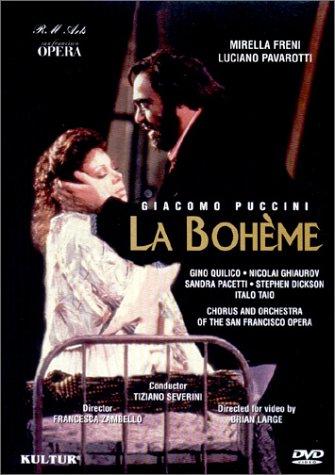
There was just something to it that touched the right chord. I guess I was just dying to find new music and try something new that I had come across opera at the exact right moment. Being so different, so grandiose, and so epic in comparison to the synthetic music of today just showed me how much more talent and how much more complex music was at the time. Music was not just something that sounded good. It was meant to envelop you, draw you in emotionally, play with your feelings, and take you on a journey. It was storytelling in the form of instruments and voice.
I could go on and on about the intricacy of the plot and what I think each part means and symbolizes, but I feel as though I would spoil too much. I want whoever is reading this to watch it for themselves and take it in the same way I did. What I will comment on is my favorite piece, and the characters themselves.

The best piece of the opera in my opinion is “Che Gelinda Manina.” It is part of the first act in which Rodolpho, the main character, tells Mimi that her hands are cold, as well as a glimpse into who he is. I think I like it so much, because as a male who had done theater in high school, I understand just how hard it is to sing in general. Then, expanding my range to hit high and low notes was almost impossible because I was never trained. It was all breathy and from the back of my mouth/throat which is the exact way one will get laryngitis. And so, it is safe to say that I was not a very good singer, but did my best for it to come out alright. Taking that one step further, if I had to sing opera, it would have probably gone a little like this: the first couple notes are alright. I begin to run out of breath. The notes are getting higher. I find myself getting red in the face. My voice cracks. The song is ruined. The crowd boos. Career ended.
And so, I have personal experience that I can resort to that demonstrates how difficult opera singing is. Even better, to be good at opera is almost impossible (for me). The voice control, the range, the strength, and the projection is just something I cannot do. It is also noteworthy to point out that my voice is not very suitable. I am still waiting for that burly man voice to kick in if it ever does. Regardless, it is just a piece of art and it is one of the most sentimental and touching moments of the entire show.
It was so good and resonated with me so much, I checked out the score for the song. Seeing it was too complicated for me to probably play, I humbly put the book back into its place and remembered that my piano skills are equivalent to a fourth grade beginner.

As for the characters, there are only six main figures. There are two love plots: Mimi and Rodolpho and Musetta and Marcello. Rodolpho and Marcello are very good friends, find themselves in the same situation in life, and are almost inseparable, but the differences between the two’s love lives are extremely evident. The love that Mimi and Rodolpho share is pure, eternal, and perfect. This heavily differs from Marcello’s, which is fueled by arguments, envy, and distrust. The other two characters are Schaunard and Colline, who are the remaining two men that live in Paris with Rodolpho and Marcello.
Ultimately, I would have to say Rodolpho is my favorite character. I think Puccini purposely makes the viewer choose either Rodolpho or Mimi, as the entire plot is mainly focused on the love dynamic of the two. And, given that I am a male, I feel a stronger connection to Rodolpho’s characteristics, his plight, his insecurities, and his problems. It is also easier for me to place myself in his shoes and experience his pain firsthand even though I am only just a viewer. There is something about him that I like so much. Maybe it is his purity and selflessness. Maybe I just like that he made the ultimate sacrifice to see someone he loves so happy. Maybe it is his ability to remain happy even though there is no money to his name. I am not sure. Maybe it is a combination of all three.
Regardless, I never expected that I would be able to dive so deep into opera in just a few class periods. Learning about this new (ironic) style of music has given me a whole new world to explore and has broken up the monotony of the everyday listens that are a part of my life. I hope that me showing a little bit about the joy this opera and opera in general has brought me has convinced you to listen to me. I know it may be hard to believe me, but trust me on this one.
You do not even have to go far to pick it up. If you are a University of Richmond student, faculty, staff, or friend of the library, you too could immerse yourself with the wide collection of all sorts of resources on La Bohème. Stop by soon, and maybe we can chat about it if I am at the front desk!
